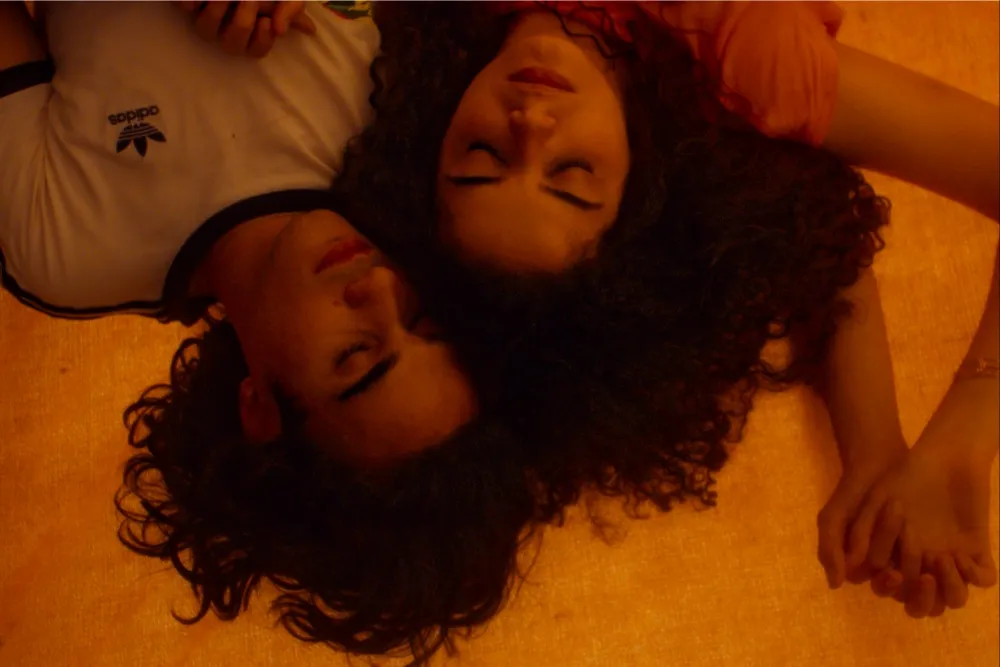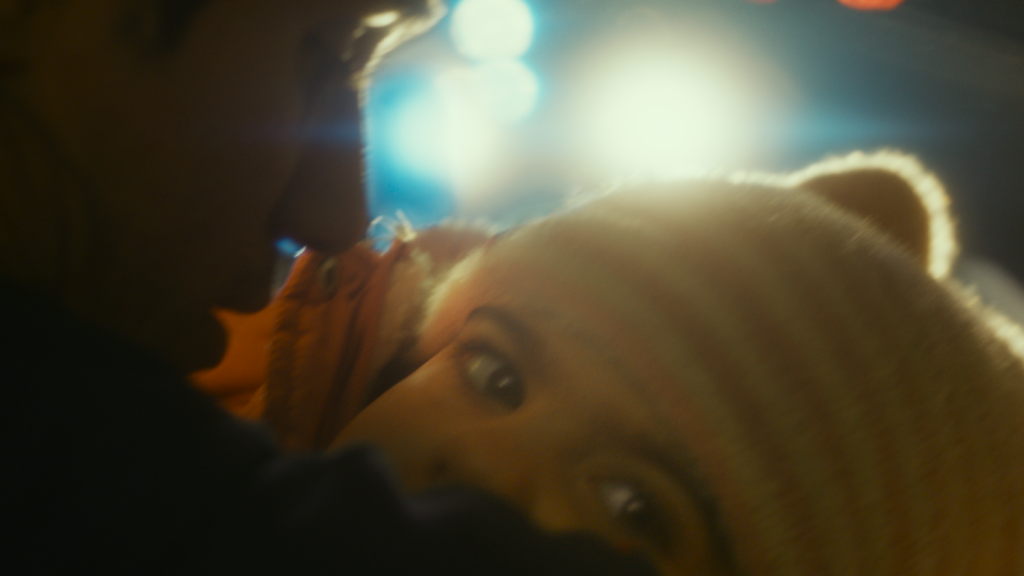
Directed by Marta Bergman, The Silent Run is a tense, intimate drama that explores the heavy cost of human decisions. The story follows Sara and Adam, a young couple risking everything to secure a better future for themselves and their two-year-old daughter, Klara. Their journey of illegal migration is not just a physical crossing of borders—it is a psychological and emotional odyssey, where each choice carries the weight of potential consequences that could change their lives forever.
The tension is heightened by the presence of a seasoned police officer, whose pursuit of the couple introduces a moral ambiguity that permeates every scene. This pursuit is not simply a chase; it is a meditation on responsibility, guilt, and the complex web of decisions that define human lives. Through Bergman’s careful direction, the audience is invited to reflect on the delicate balance between survival and morality, as well as the emotional cost of choices made in desperation.
What makes The Silent Run compelling is not just the stakes of the journey, but the quiet, deeply human moments that linger in the mind long after the credits roll. The film avoids melodrama, instead focusing on the nuanced portrayals of its characters Sara’s determination, Adam’s hesitations, and the officer’s internal struggle allowing viewers to feel the tension, fear, and hope that drive each step of their journey.
Without giving too much away, the film is less about action and more about the spaces in between the silent moments where decisions are weighed, and the invisible pressures of past mistakes meet the uncertainty of the future. Bergman’s cinematic style, marked by intimate framing and measured pacing, mirrors the internal landscapes of her characters, creating a viewing experience that is as reflective as it is suspenseful.
At its core, the film is about selfishness and moral cost, about what people are willing to risk for survival, and how past mistakes continue to shape the present. Sara and Adam’s journey forces them to reconcile with their own past decisions, questioning whether escape is redemption, or merely another burden added to the ones they already carry. Immigration, law enforcement, and the hazards of crossing borders serve as the backdrop, but the heart of the film lies in the quiet, intimate human drama: love, regret, responsibility, and the choices we cannot undo.

Zbeida Belhajamor, as Sara, anchors the film with a performance that balances resolve, fear, and tenderness. Her presence conveys both the exhaustion of responsibility and the constant vigilance of a parent protecting a child, giving the audience an emotional anchor through every tense moment. Abdal Razak Alsweha’s Adam embodies a quieter, restrained intensity, caught between the urgency of survival and the introspection forced by past errors. Clara Toros, portraying Klara, is luminous and captivating, her presence bringing both light and stakes to the narrative. Salim Kechiouche as Redouane adds complexity, portraying the internal struggle of a man balancing professional duty with moral hesitation, showing that every pursuit carries its own human cost.
Bergman’s approach to the camera is intimate and deliberate. The van scenes, often shot from behind or through the windshield, immerse viewers directly in the confined space of the characters’ world. These flowing, follow-camera movements create a sense of both movement and claustrophobia, making every glance, sigh, or gesture carry weight. Silence is just as telling as dialogue—pauses allow the emotional resonance to settle, highlighting the fear, the love, and the unspoken tension among the characters..
The film is both understated and cinematic. The careful framing of confined spaces, flowing camera movements, and attention to detail in lighting and color create an immersive texture. Bergman’s editing allows moments to linger: a lullaby sung in the van, the distant blur of headlights, the silence before a decision is made—all emphasize the weight of the choices at hand. The world outside is vast and unwelcoming, but the focus remains on the microcosm of the family’s journey, where every glance, gesture, and decision has outsized significance.
The Silent Run is a quietly affecting exploration of choices, consequences, and the human cost of survival. It neither overdramatizes nor sensationalizes its subject; it trusts the audience to feel the tension and moral ambiguity, to inhabit the small, vital moments between its characters. While the story may feel slow at times, and the outcome is intentionally unresolved, the film achieves a rare balance between realism and cinematic craft. Its power lies in its restraint: the camera lingers, the silence speaks, and the audience is left to measure the cost of each choice alongside the characters themselves.
